Report this entry
More from the same community-collection
Texas Western College Homecoming-1965 - Video
Film of the 1965 team and Coach Don Haskins - arriving in El ...
Man Killing Intersection of The American West - Video
Story told by Leon Metz. "Man Killing Intersection Of The ...
Four Dead In Five Seconds - Video
Gunfight--"Four Dead In Five Seconds". Occurred on April 14, ...
Young People's Symphony - El Paso, Texas
Coldwell School children attending the Young People's Symphony ...
Junior Art Center at El Paso Museum of Art
Summer session work by children in the Junior Art Center at the ...
Junior League Members prepare Jelly
Members of the Junior League prepare jars of Jalapeno Jelly in ...

















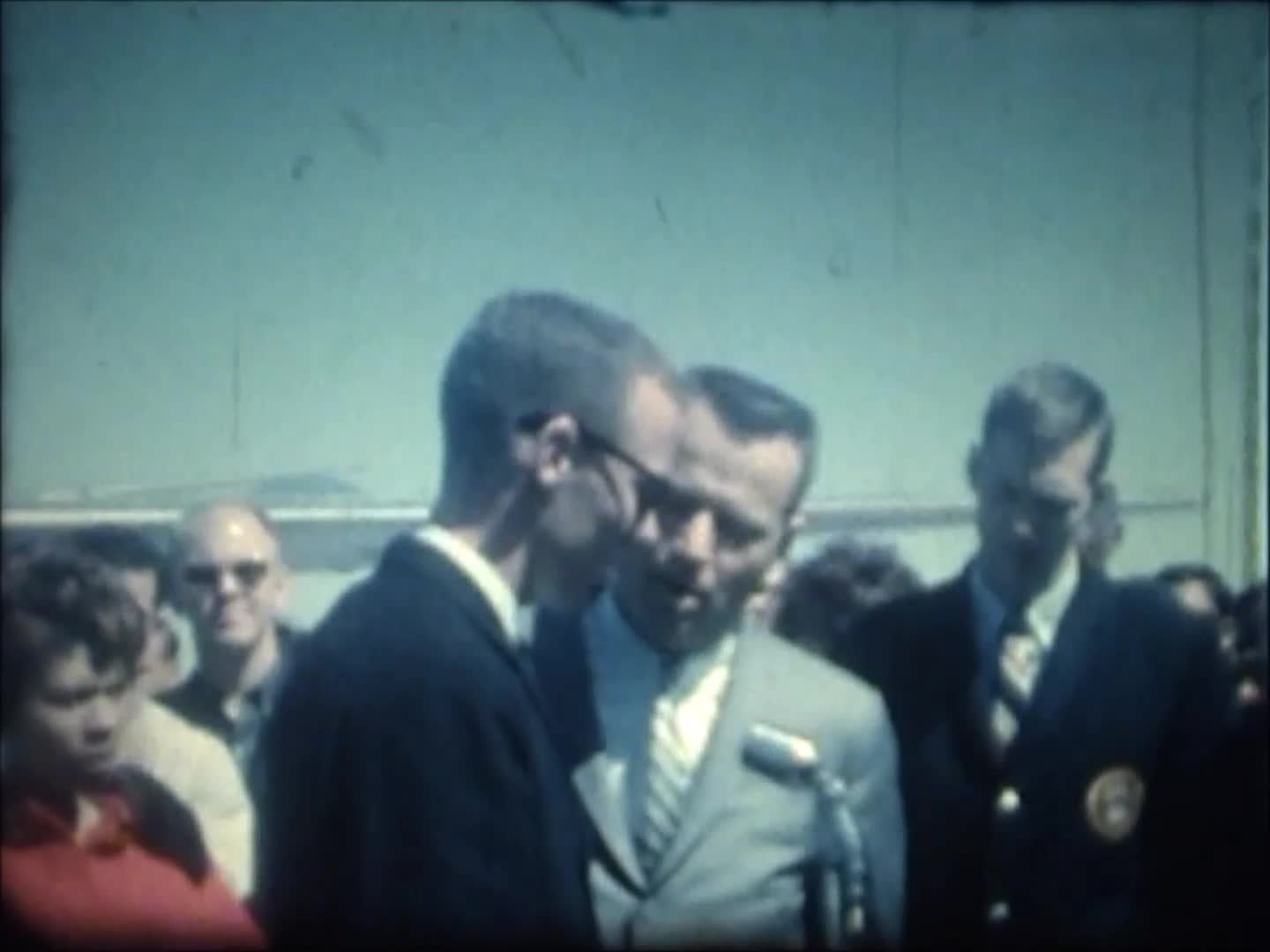
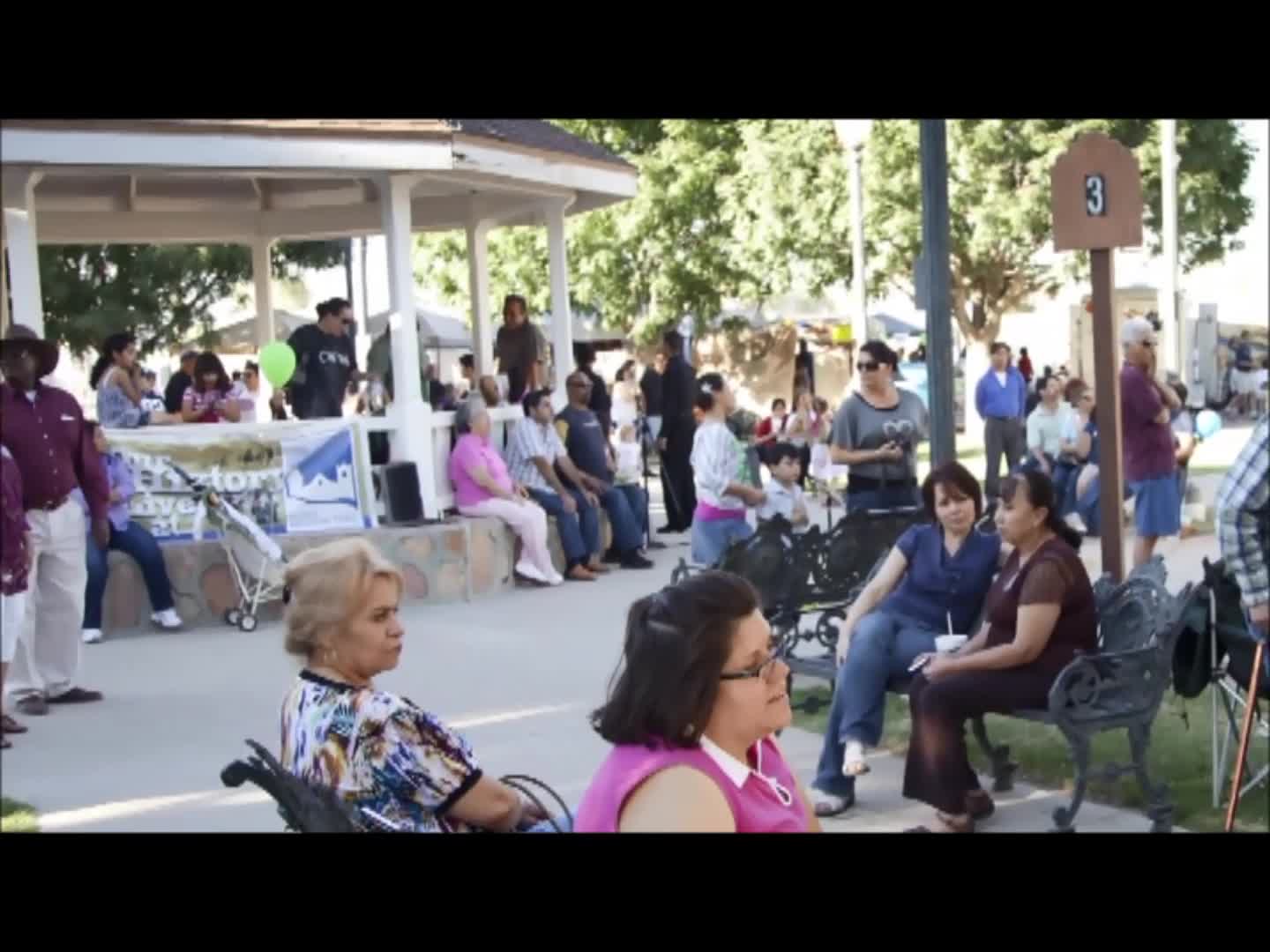
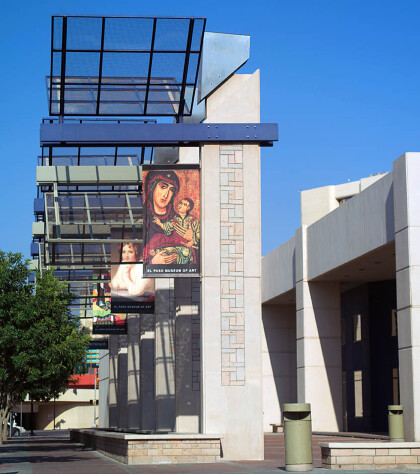
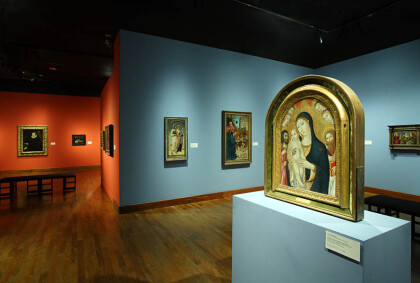


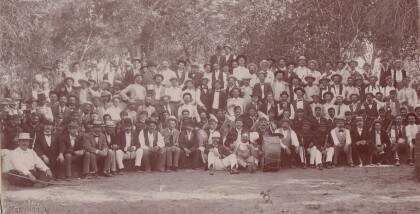
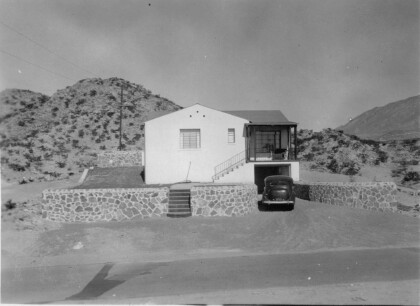
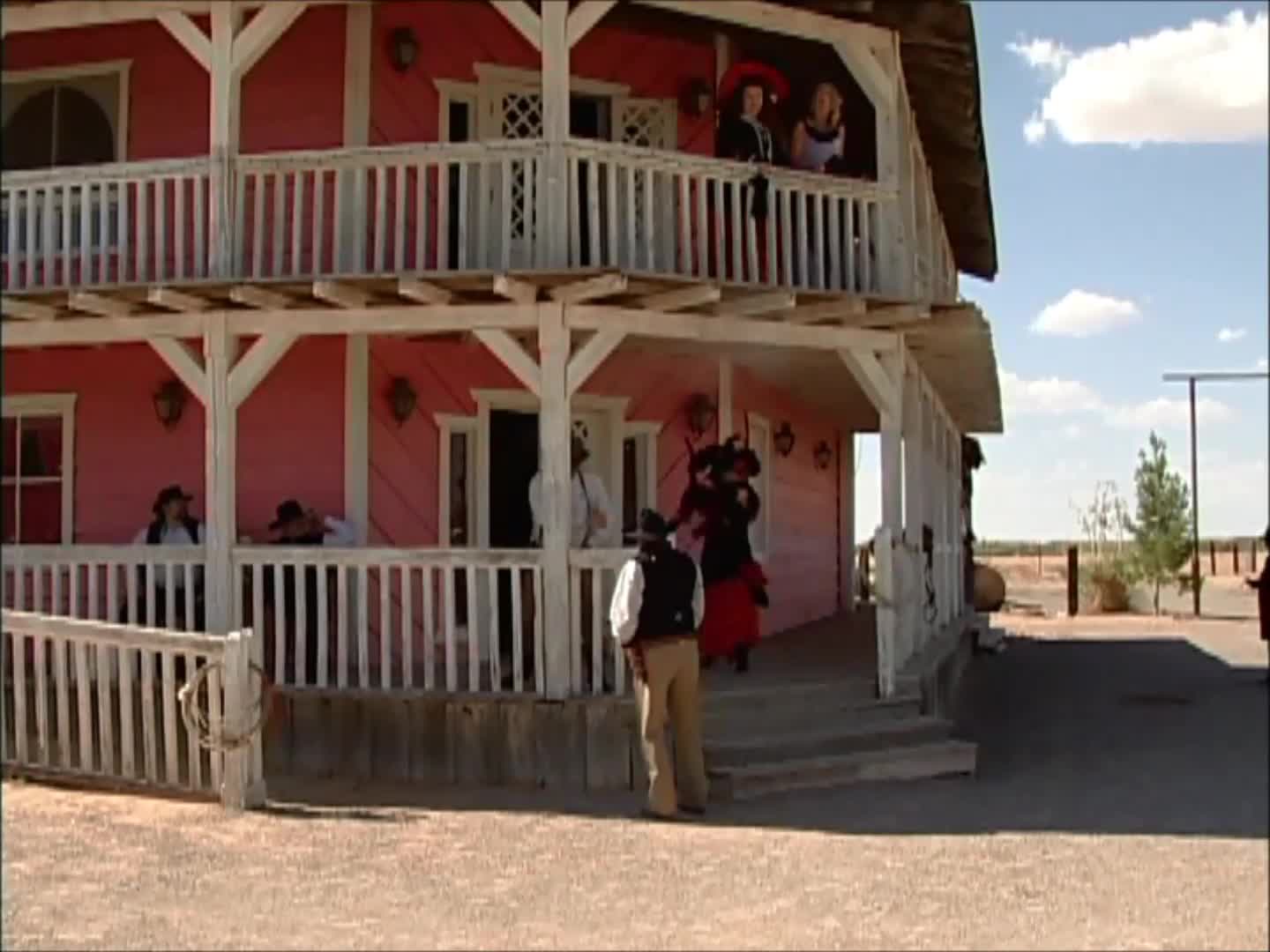
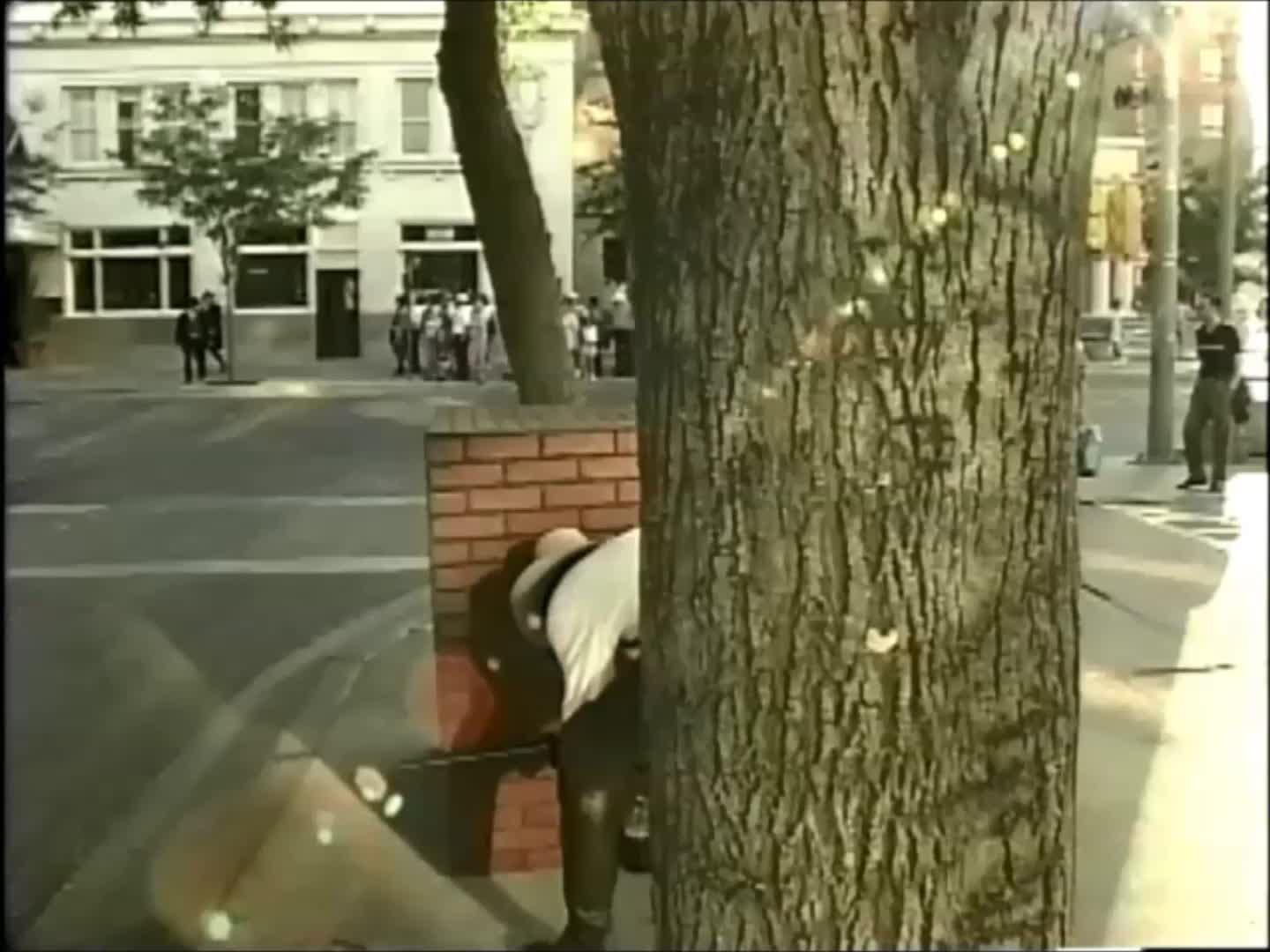
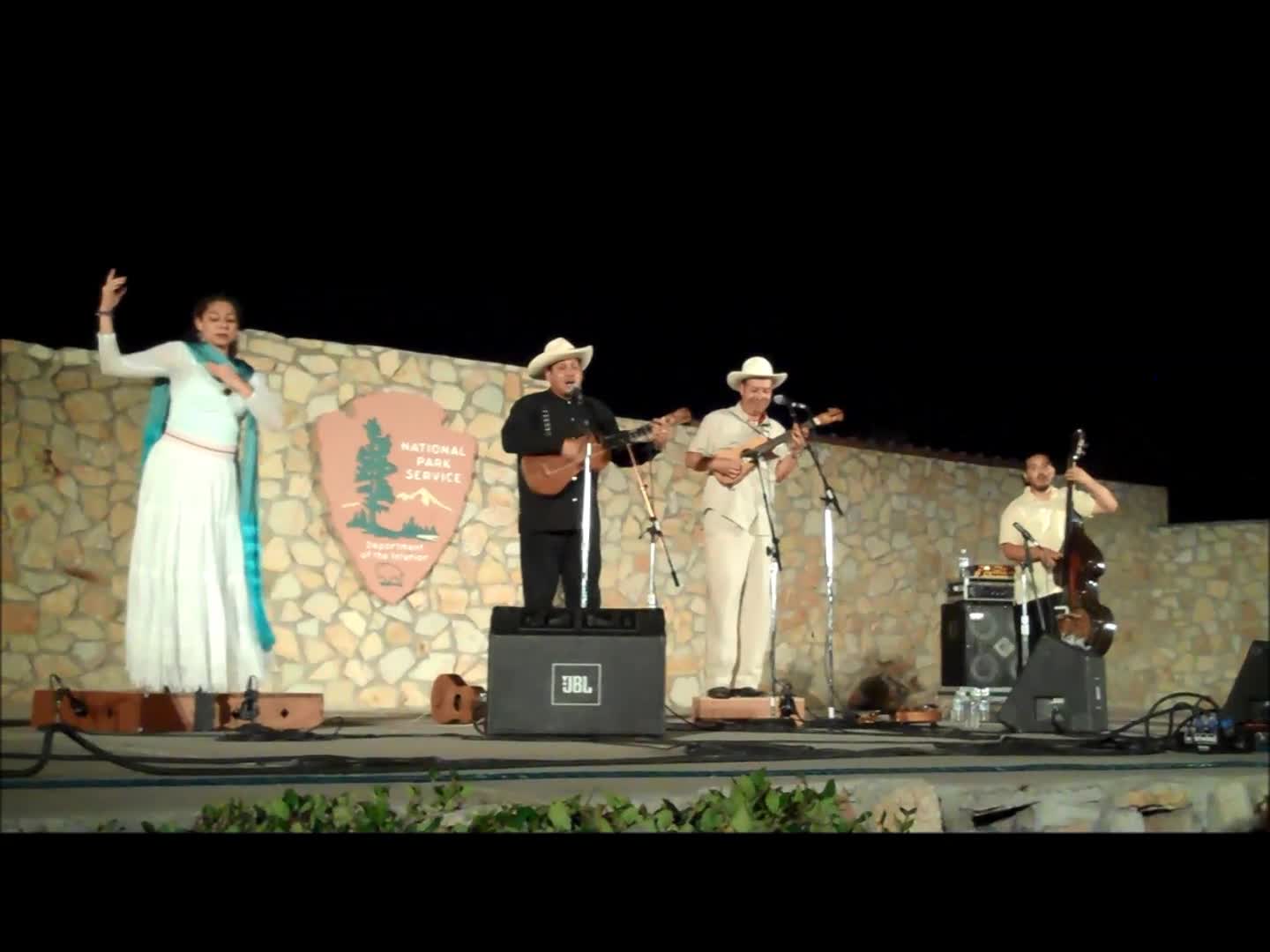
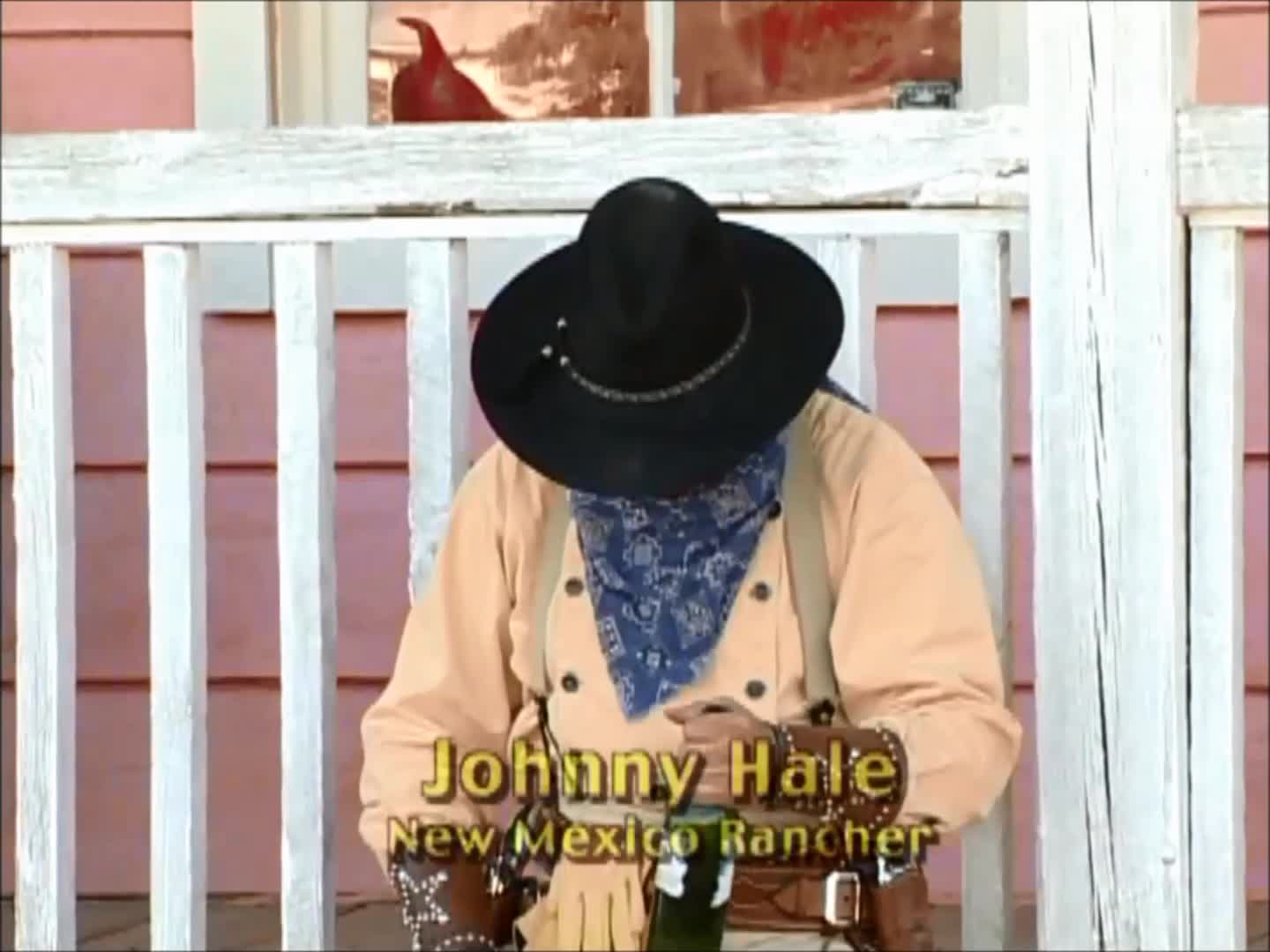

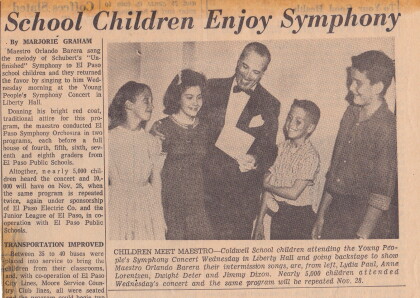
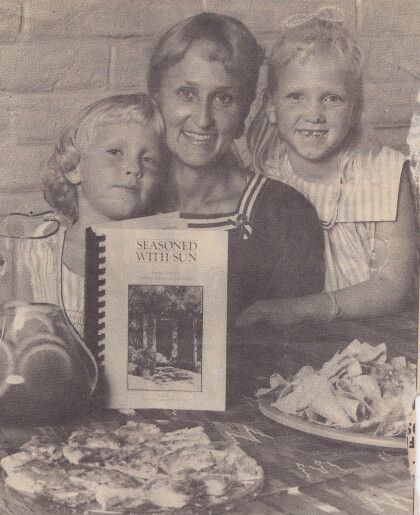
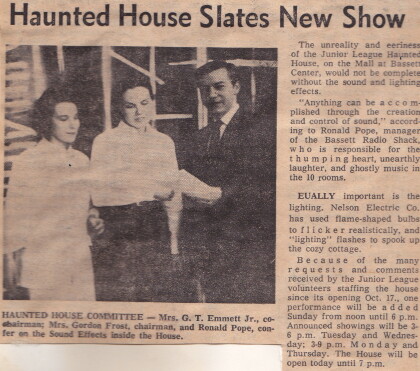
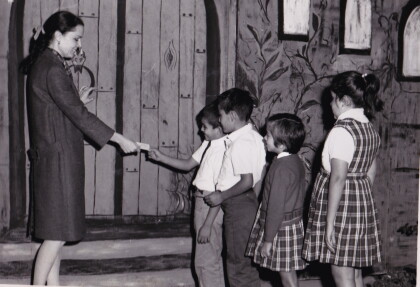
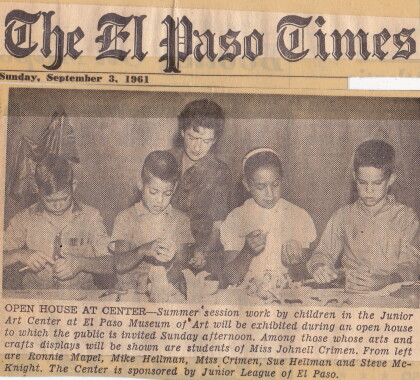
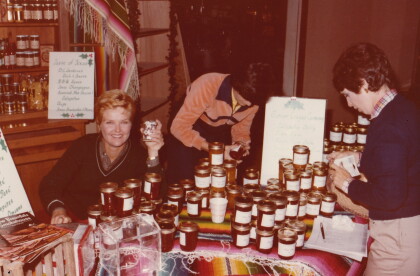
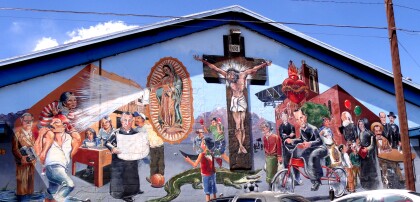
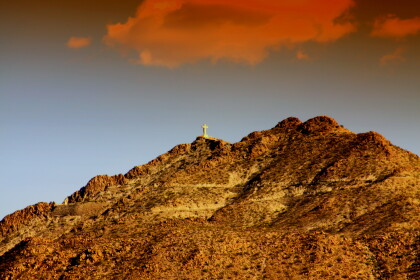
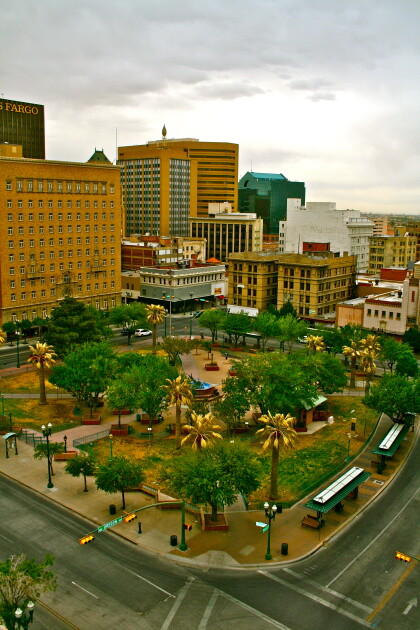
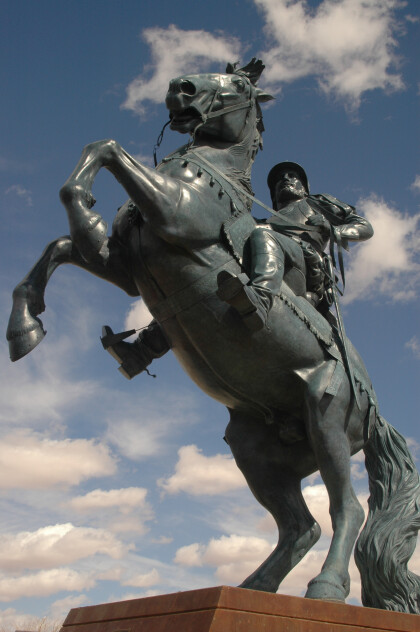
Comments
Add a comment